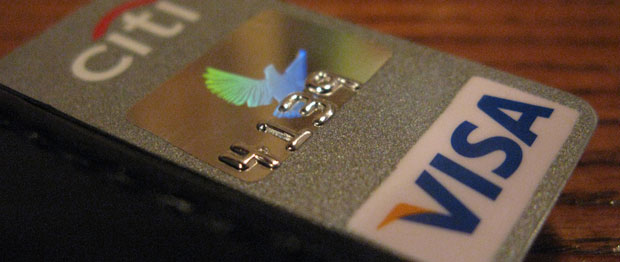How to know if you are overpaying for travel cover

When shopping for travel insurance, it’s all about striking a balance between getting the cover you need for your trip, and finding the price you want. If you’re looking to save money on your next holiday, don’t pay extra for travel cover you don’t need. Use these five tips when shopping for travel cover to help you choose the policy that matches what you want without paying too much.
Review the benefits
Some policies include a lot of benefits that don’t really do much. Make sure the benefits in your policy apply directly to you, and don’t buy a policy full of benefits you’ll never need. For example, if you’re not a golfer, cover for your golf clubs doesn’t mean much to you.
Similarly, be sure that the activities you’ll be partaking in on your trip are actually covered. Many common activities such as hiking and snorkeling are covered while other sports such as skiing may require an additional premium.
Understand item limits
Review what you’re taking with you (cameras, laptop, and personal electronics) and what type of cover is offered for those items. You’ll often see limits per item and can have the option to increase that for an additional cost.
When you pay extra to increase the limits on specific items, be sure you understand what that means. Many people think an item is insured for replacement value, when in fact the policy covers the current value of the item. So a three year old smartphone is more likely worth NZ$50—NZ$100 rather than the NZ$350 it would cost to replace it.
Select the correct destination
When getting a quote for travel insurance, one of the first questions you are asked is where you’re going. Most travellers don’t realise this is a factor in how the price of a policy is determined and automatically select 'worldwide' without thinking about it. However, the relative risk and cost of a claim at your destination figures into the cost of your policy.
For example, even a simple visit to the emergency room in the United States can cost over NZ$1500, so policies that include the USA can cost more. By selecting the regions where you’ll be going and spending the most time will help you get a quote that’s priced right for your trip.
Set your excess and cancellation cover
Excess is what you pay out of pocket before your insurance provider will chip in to cover your claim. In general, as you increase your excess, the cost of your policy will decrease. Think of it this way: the more you promise to pay in the event of claim, the less you will pay up front.
Cancellation cover, on the other hand, protects you from losing your non-refundable costs. If you put down non-refundable deposits, then cancellation cover can help. However, be sure to review your travel plans and only get cancellation cover for non-refundable costs. If you can recoup those costs separately, they won’t be covered by your travel insurance.
Setting both your excess and cancellation levels properly for your trip will help you get the correct level of cover and keep the premium within your budget.
Read your policy
Read the Policy Disclosure Statement that lists all the benefits and exclusions before making your final decision. Understanding what is not covered is just as important and what is covered. Understanding those before you buy will save you a lot of time in the long run.
Now that you know how to select a plan for your trip, compare travel insurance benefits for your next trip.
Image courtesy of Flickr frankieleon; cropped from original